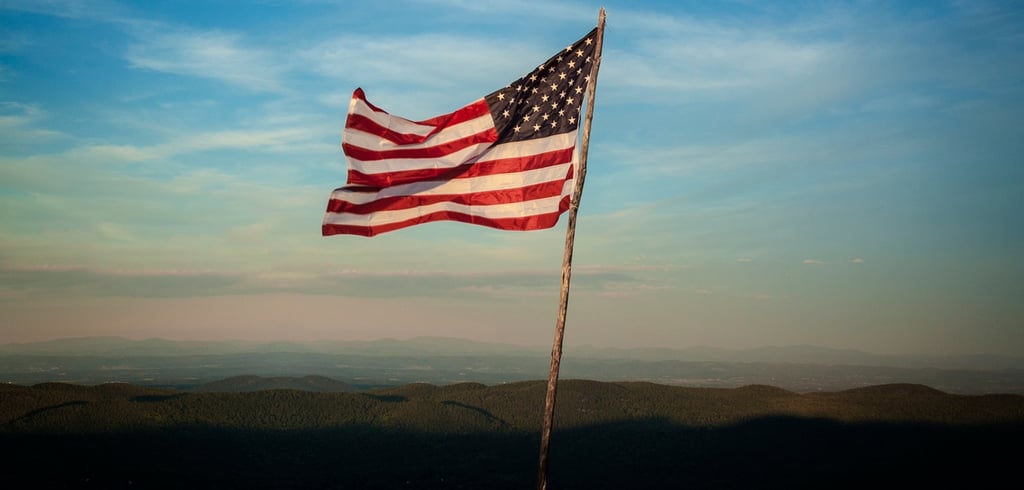Datamation content and product recommendations are
editorially independent. We may make money when you click on links
to our partners.
Learn More
Nvidia and Fujitsu have revealed their expanded alliance to build full-stack AI infrastructure that threads intelligent agents through entire industries.
The collaboration targets healthcare, manufacturing, and robotics, pairing Fujitsu’s MONAKA CPU series with Nvidia GPUs via NVLink Fusion. That combo is built for heavy lifting, training, and real-time inference at scale. Their ambition is clear, establish Japan’s national AI infrastructure by 2030, then take the model global.
The $1.2 trillion market
Both firms are aiming at the $1.2 trillion global AI infrastructure market, a pie growing by the quarter. Japan is backing the push with JPY 10 trillion, about $65 billion, for AI and semiconductor development through 2030. The country’s AI data center market is projected to surge to $3.4 billion by 2030, a compound annual growth rate of 31.7%.
Inside that infrastructure, the alliance is building self-evolving AI agents that continuously learn and adapt, a direct play at Japan’s labor shortages through smarter automation and robotics. And the upside is not small. The global robotics market size is nearly $50 billion in 2025. Growing at a compound annual growth rate of 14%, the market size is forecast to reach $111 billion by 2030.
Fact, not (science) fiction
This is not distant science fiction, it is on the calendar. The partners are developing AI-powered robots for industrial precision tasks, healthcare assistance like surgical support and patient monitoring, and intelligent business services that speak and listen naturally. This means robots that lift and align parts, steady a surgeon’s hand, or handle customer queries without the awful hold music.
Digital twins will revolutionize manufacturing, letting teams rehearse changes virtually and tune processes before a single bolt moves. The stack blends fast AI compute with human judgment and creativity, what Fujitsu calls a “human-AI co-creation cycle”. In practice, this means people set the direction, while machines accelerate the work.
Nvidia CEO Jensen Huang says “the AI industrial revolution has begun,” pointing to Japan’s potential lead in AI and robotics. Fujitsu CEO Takahito Tokita adds that the collaboration will accelerate AI-driven business transformation across enterprise and government.
Global race
This alliance places Japan squarely in the sprint for AI leadership. The United States, China, and South Korea are also investing billions in robotics, while giants like Google, Amazon, and Huawei rush to lock in their own ecosystems. The stakes keep rising.
The collaboration is not just about clever chips or shiny robots, it is about economic resilience and staying competitive.







